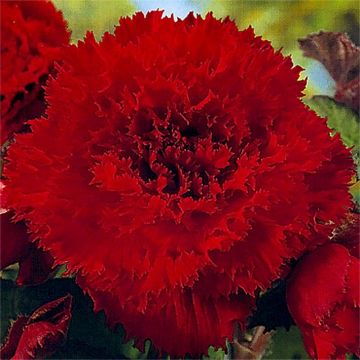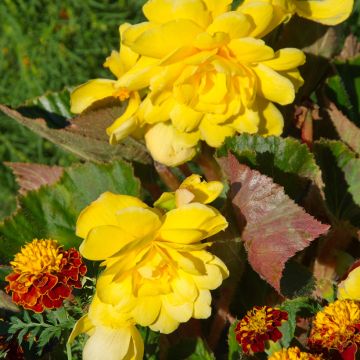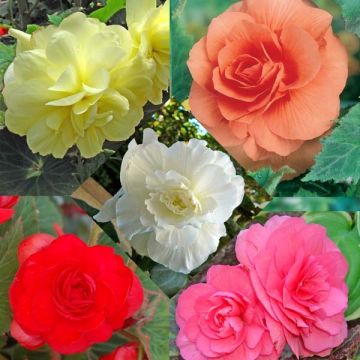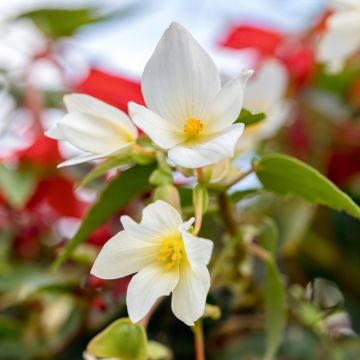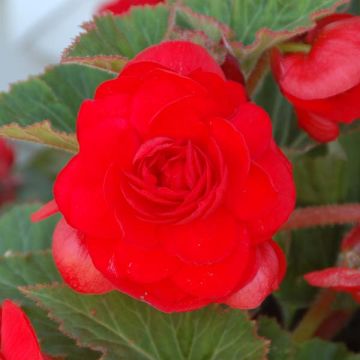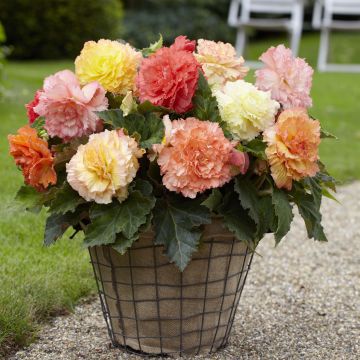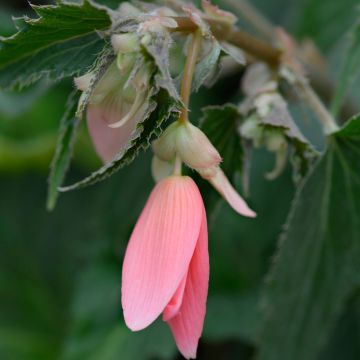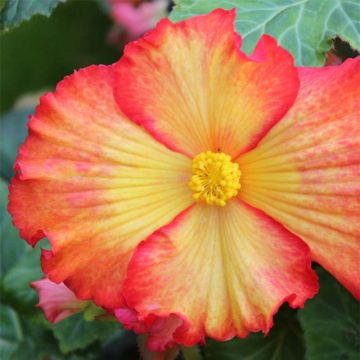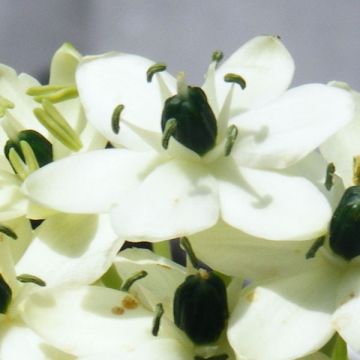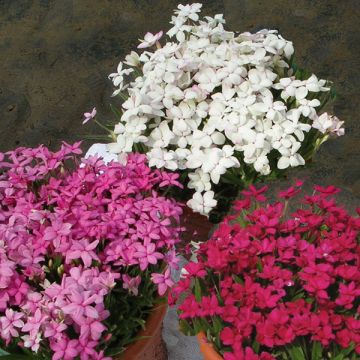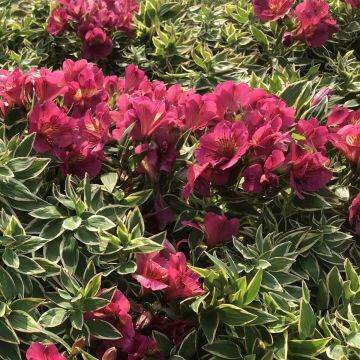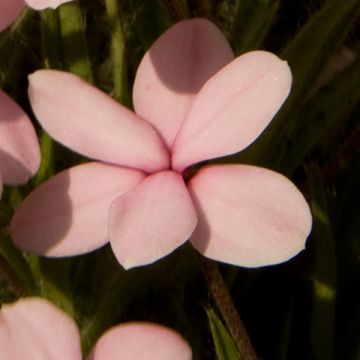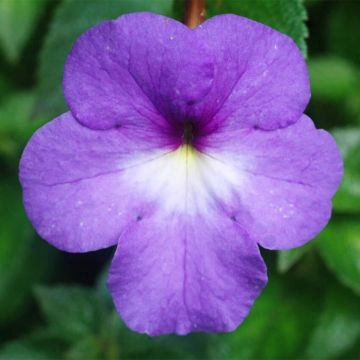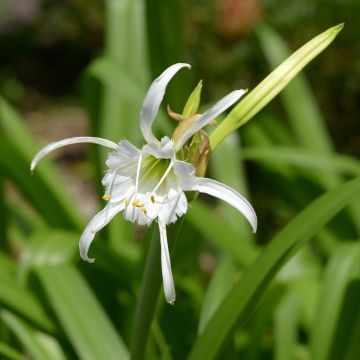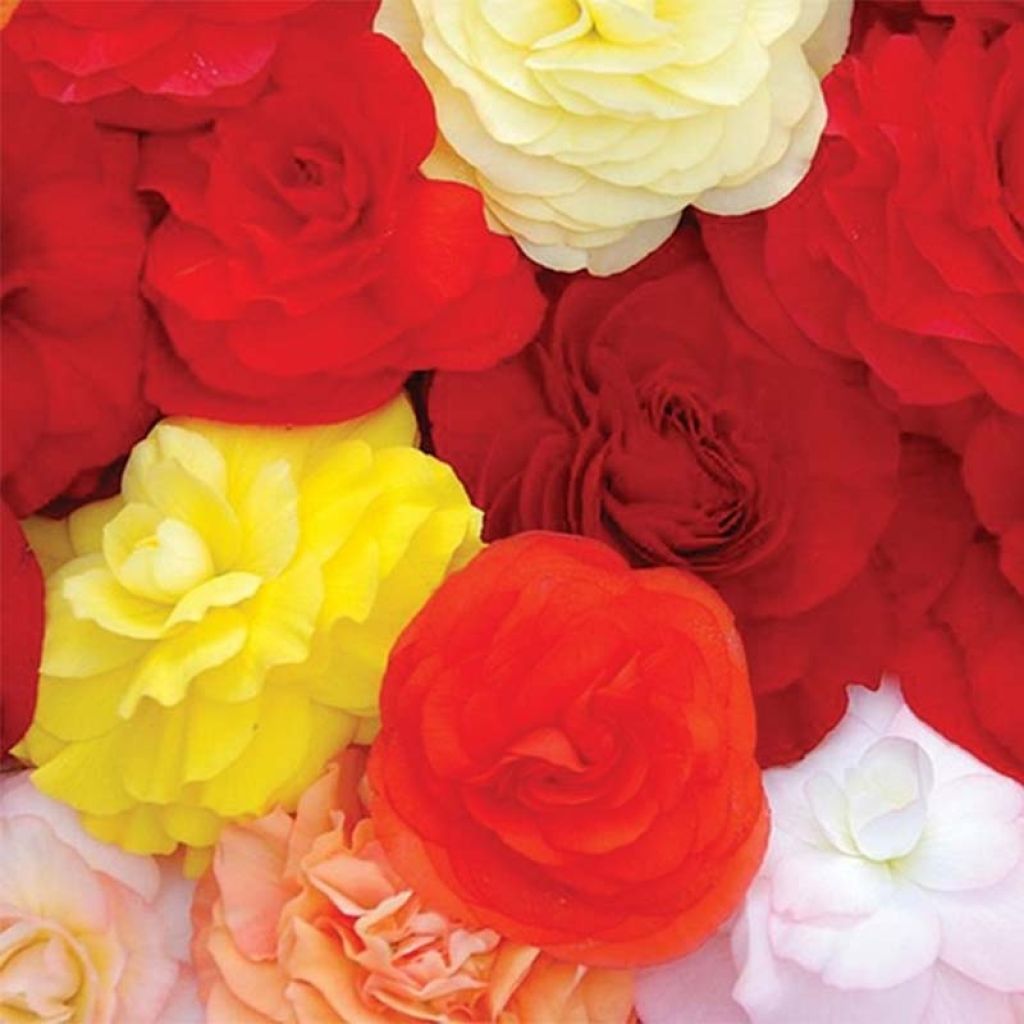

Begonia Compacta
Begonia Compacta
Begonia Compacta
Begonia, Tuberous Begonia
Special offer!
Receive a €20 voucher for any order over €90 (excluding delivery costs, credit notes, and plastic-free options)!
1- Add your favorite plants to your cart.
2- Once you have reached €90, confirm your order (you can even choose the delivery date!).
3- As soon as your order is shipped, you will receive an email containing your voucher code, valid for 3 months (90 days).
Your voucher is unique and can only be used once, for any order with a minimum value of €20, excluding delivery costs.
Can be combined with other current offers, non-divisible and non-refundable.
Why not try an alternative variety in stock?
View all →This plant carries a 6 months recovery warranty
More information
We guarantee the quality of our plants for a full growing cycle, and will replace at our expense any plant that fails to recover under normal climatic and planting conditions.
Would this plant suit my garden?
Set up your Plantfit profile →
Description
The Begonias in this 'Compacta' selection are small, round plants, with double flowers in various colours including red, yellow, orange, coral, pink, and cream depending on the plants. Very reliable, they flower for months, continuously, in the sun or partial shade and in all weather conditions. Place them in a large pot on the terrace or balcony, or in a small well-maintained bed.
The 'Compacta' Begonia belongs to the Begoniaceae family and is part of the tuberous hybrid begonias, whose parents are mainly from the Andean tropical forests. It is a cultivar with a compact bushy habit. It will reach a mature size of about 20-25cm (8-10in) in all directions. The flowers, with a minimum diameter of 5-6 cm (2in), are globular and composed of pleated petals resembling crepe paper, with variable colours depending on the plants. The flower's centre is occupied by a cluster of tightly packed small petals forming a flower bud that unfurls in a whirl, revealing yellow stamens at full bloom. After flowering, which lasts from June to October without interruption, the plant enters dormancy. Its foliage consists of glossy, alternate leaves with deeply cut edges, and dark green in colour. The leaf blades are always asymmetrical and fleshy in texture, while the petioles have stipules at their base. The stems of this begonia are thick, fleshy, and brittle. The tubers will be cultivated like those of Dahlias.
Begonias are unrivalled in bringing colour to terraces and balconies. They are also comfortable in well-maintained beds, alongside lighter flowers such as lobelias or forget-me-nots, whether grown in flower boxes or hanging baskets. This particularly floriferous and robust selection will be perfectly complemented by the small silver foliage of Dichondra 'Silver Falls' and the tiny blue flowers of lobelias, in large pots in the winter garden or conservatory. Finally, it is good to know that there are hardy begonias, such as Begonia grandis.
Report an error about the product description
Begonia Compacta in pictures
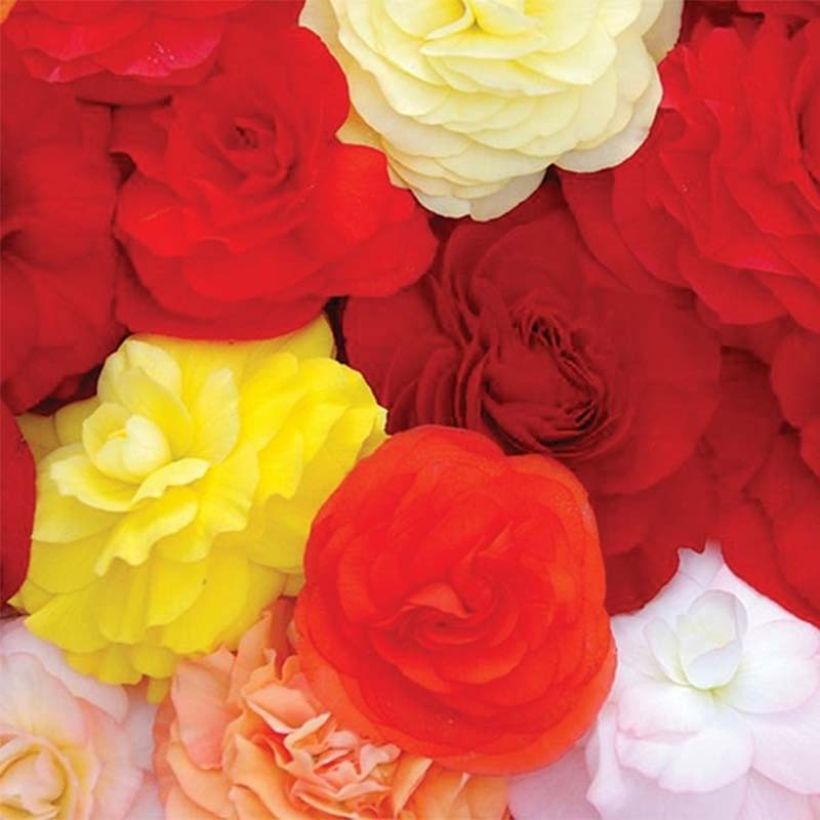

Plant habit
Flowering
Foliage
Botanical data
Begonia
Compacta
Begoniaceae
Begonia, Tuberous Begonia
Cultivar or hybrid
Other Begonias
View all →Planting and care
Plant your 'Compacta' begonias in a shady or sunny location, in light and moist soil, rich in humus or compost. Begonias are sensitive to heavy soils, so lighten them if necessary with sand. Plant them after the last frost, one per pot of about twenty cm, or spaced 25cm (10in) apart in open ground. Plant the begonia by positioning the hollow side of the green bulb upwards, and cover with 5cm (2in) of soil. Like dahlias, you can speed up their cycle by planting them as early as February, in a pot, kept sheltered, and taking them out in May. Water regularly. Apply begonia fertilizer at planting time, then twice a month during the season. Remove faded flowers. Dig up the bulbs before the first frost, and store them in a little turf, in a dry and cool place, during the winter.
Tip: to obtain larger flowers in cultivars with camellia or rose-like flowers, you can remove the buds of the small female flowers located on either side of the large and very double male flower.
Planting period
Intended location
Care
This item has not been reviewed yet - be the first to leave a review about it.
Similar products
Haven't found what you were looking for?
Hardiness is the lowest winter temperature a plant can endure without suffering serious damage or even dying. However, hardiness is affected by location (a sheltered area, such as a patio), protection (winter cover) and soil type (hardiness is improved by well-drained soil).

Photo Sharing Terms & Conditions
In order to encourage gardeners to interact and share their experiences, Promesse de fleurs offers various media enabling content to be uploaded onto its Site - in particular via the ‘Photo sharing’ module.
The User agrees to refrain from:
- Posting any content that is illegal, prejudicial, insulting, racist, inciteful to hatred, revisionist, contrary to public decency, that infringes on privacy or on the privacy rights of third parties, in particular the publicity rights of persons and goods, intellectual property rights, or the right to privacy.
- Submitting content on behalf of a third party;
- Impersonate the identity of a third party and/or publish any personal information about a third party;
In general, the User undertakes to refrain from any unethical behaviour.
All Content (in particular text, comments, files, images, photos, videos, creative works, etc.), which may be subject to property or intellectual property rights, image or other private rights, shall remain the property of the User, subject to the limited rights granted by the terms of the licence granted by Promesse de fleurs as stated below. Users are at liberty to publish or not to publish such Content on the Site, notably via the ‘Photo Sharing’ facility, and accept that this Content shall be made public and freely accessible, notably on the Internet.
Users further acknowledge, undertake to have ,and guarantee that they hold all necessary rights and permissions to publish such material on the Site, in particular with regard to the legislation in force pertaining to any privacy, property, intellectual property, image, or contractual rights, or rights of any other nature. By publishing such Content on the Site, Users acknowledge accepting full liability as publishers of the Content within the meaning of the law, and grant Promesse de fleurs, free of charge, an inclusive, worldwide licence for the said Content for the entire duration of its publication, including all reproduction, representation, up/downloading, displaying, performing, transmission, and storage rights.
Users also grant permission for their name to be linked to the Content and accept that this link may not always be made available.
By engaging in posting material, Users consent to their Content becoming automatically accessible on the Internet, in particular on other sites and/or blogs and/or web pages of the Promesse de fleurs site, including in particular social pages and the Promesse de fleurs catalogue.
Users may secure the removal of entrusted content free of charge by issuing a simple request via our contact form.
The flowering period indicated on our website applies to countries and regions located in USDA zone 8 (France, the United Kingdom, Ireland, the Netherlands, etc.)
It will vary according to where you live:
- In zones 9 to 10 (Italy, Spain, Greece, etc.), flowering will occur about 2 to 4 weeks earlier.
- In zones 6 to 7 (Germany, Poland, Slovenia, and lower mountainous regions), flowering will be delayed by 2 to 3 weeks.
- In zone 5 (Central Europe, Scandinavia), blooming will be delayed by 3 to 5 weeks.
In temperate climates, pruning of spring-flowering shrubs (forsythia, spireas, etc.) should be done just after flowering.
Pruning of summer-flowering shrubs (Indian Lilac, Perovskia, etc.) can be done in winter or spring.
In cold regions as well as with frost-sensitive plants, avoid pruning too early when severe frosts may still occur.
The planting period indicated on our website applies to countries and regions located in USDA zone 8 (France, United Kingdom, Ireland, Netherlands).
It will vary according to where you live:
- In Mediterranean zones (Marseille, Madrid, Milan, etc.), autumn and winter are the best planting periods.
- In continental zones (Strasbourg, Munich, Vienna, etc.), delay planting by 2 to 3 weeks in spring and bring it forward by 2 to 4 weeks in autumn.
- In mountainous regions (the Alps, Pyrenees, Carpathians, etc.), it is best to plant in late spring (May-June) or late summer (August-September).
The harvesting period indicated on our website applies to countries and regions in USDA zone 8 (France, England, Ireland, the Netherlands).
In colder areas (Scandinavia, Poland, Austria...) fruit and vegetable harvests are likely to be delayed by 3-4 weeks.
In warmer areas (Italy, Spain, Greece, etc.), harvesting will probably take place earlier, depending on weather conditions.
The sowing periods indicated on our website apply to countries and regions within USDA Zone 8 (France, UK, Ireland, Netherlands).
In colder areas (Scandinavia, Poland, Austria...), delay any outdoor sowing by 3-4 weeks, or sow under glass.
In warmer climes (Italy, Spain, Greece, etc.), bring outdoor sowing forward by a few weeks.






























